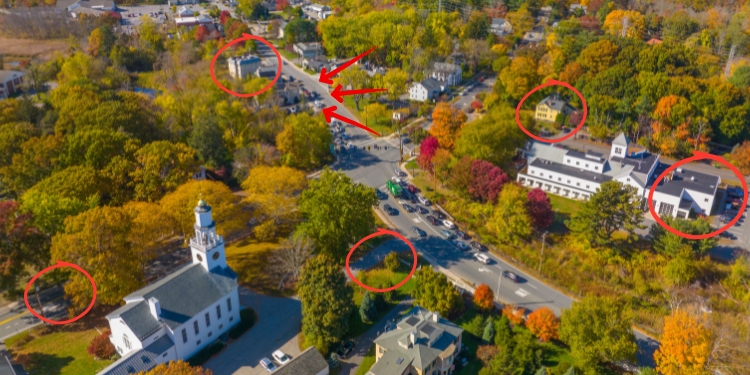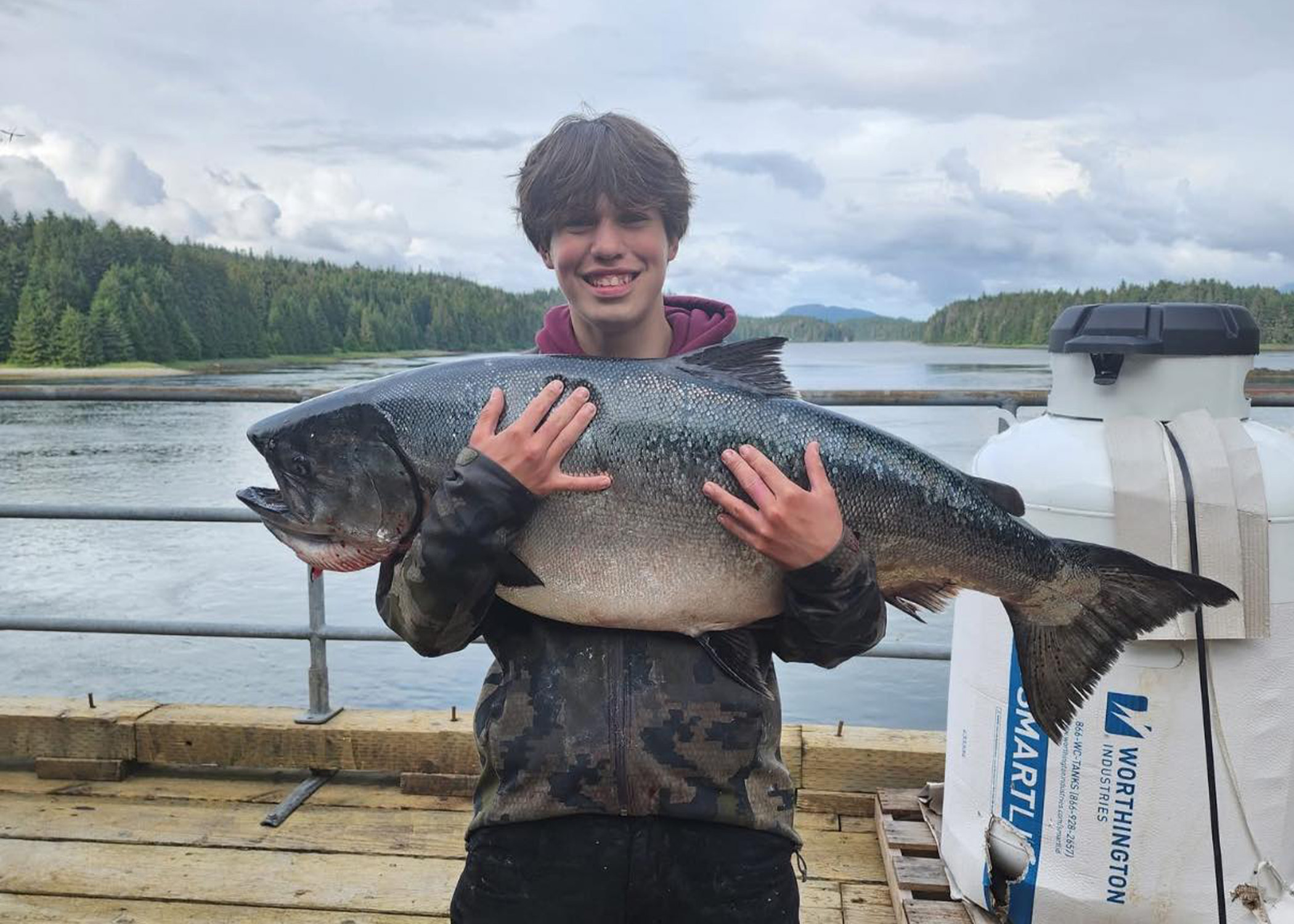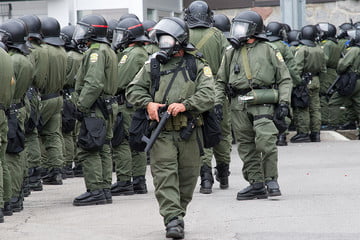How to Age a Turkey

Turkey hunters judge a tom’s beard length, spurs, and body weight the way deer hunters pay attention to antler points and body size. And just as a deer’s antlers don’t correlate with his age, the same is true with turkeys. Hunters tend to think that longer beards, heavier bodies, and bigger spurs indicate an older bird. We also like to think that we’ve outsmarted a wise old tom. But in truth, aging a turkey on the hoof (so to speak) can feel like a total guessing game.
Still, turkeys will give you clues if you know what you’re looking for. From stubby spurs to feather length, there are ways to tell if you’re looking at a clueless young jake or a wizened old bird that’s been dodging shotguns since before TSS hit the shelves.
That’s why we dug through wildlife research and spoke to wild turkey experts to see if there is an accurate, science-backed method for hunters to age a turkey before (or after) they pull the trigger.
Aging a Turkey in the Field
Wild turkeys don’t live all that long. The average tom only lives four years, according to the National Wild Turkey Federation. While life expectancy of any single bird will depend largely on habitat and hunting pressure, a good rule of thumb is to remember that, most of the time, you’re probably dealing with a longbeard that’s just a few years old.
“Biologists and researchers age turkeys as juveniles or adults,” Hannah Plumpton, the upland game bird biologist for the North Carolina Wildlife Resources Commission, tells Outdoor Life. “There is no solid way to age wild turkey once they become a mature gobbler. The only way would be to have the turkey banded as a juvenile to know for sure.”
A juvenile bird, by Plumpton’s definition, is a one-year-old. Which, if it’s a male, is known as a jake. Reading a leg band on a strutting gobbler is impossible even for a hunter with keen eyesight and a fancy optic. Fortunately, telling a jake from a mature tom is easy even if you accidentally left your glasses in the truck.
Aging a Jake vs a Tom
When you’re trying to age a bird at a distance or in high brush that obscures their chests, wait for the gobbler to start strutting. A mature tom will show off a symmetrical fan with the ends of the central tail feathers lining up in an even semi-curcle. Juvenile tail feathers, however, are not symmetrical. Instead, the central tail feathers stick up longer than the others, creating a podium-like appearance.
Jakes also have shorter primary wing feathers with less wear, while older toms have longer, more rounded wing feathers.
The coloring of the last two wing feathers is also different. On a mature gobbler, the tow big feathers on the tips of the bird’s wings have a series of white bars that extend all the way to the point. Jakes have a solid grayish section on the same two feathers because the white bars end about an inch or so from the tip, according to Bob Erikson, a wildlife biologist with the National Wild Turkey Federation.
Beard Length and Thickness
Beard length is a reliable indicator of a turkey’s age — but only when we’re talking about jakes and health bears. The short, stubby beard of a gobbler usually indicates you’re dealing with a one-year-old turkey, or a jake. But once he’s past his second birthday, there’s really no way to use beard length to accurately gauge a gobbler’s age.
“The beard is made up of modified feathers that grow continuously. They reach a maximum length when the male reaches 2 years old,” Plumpton says. “The beards do not become longer as the end has constantly been worn and broken by dragging on the ground while the turkey feeds, walking through vegetation, and other activities that cause the ends to wear down.”
Turkeys sometimes grow multiple beards, but this phenomenon is probably due to genetics and has nothing to do with age.
Spur Length
Spur length can help you estimate a gobbler’s age, but it isn’t foolproof. As every experienced turkey hunter knows, judging spurs on a live bird is impossible in most situations. So unless your thing is killing big-spurred gobblers, take comfort in knowing that smaller spurs don’t really mean much.
Most of the research on aging wild turkeys uses banded, age-identified birds. The studies measured spurs in millimeters rather than inches. Researchers concluded that nature isn’t fair and gobblers aren’t created equal, particularly when it comes to growing spurs.
One study showed that while a wild turkey’s spurs increased in length as he aged, sometimes older toms have shorter spurs than a bird its same age or younger. Genetics, hatch dates, and habitat probably play important roles in just how fast spurs grow, according to Eriksen.
“There can be a correlation between spur length and a rough indication of age, but exceptions are common, so it is not a reliable method for aging turkeys,” Plumpton says.
If a rough age estimate is all you need, you can generally tell a one-year-old male by its stumpy, rounded spurs. Jakes almost always have 1/2 inch or less spurs, according to Plumpton.
Two-year-olds typically have spurs that measure between 3/4 and 1 inch with a little sharper point than the rounded spurs of jakes. Once a gobbler turns three, its curved spurs grow to an inch or more and are even pointier, but — again — Plumpton points out that there are lots of exceptions to aging gobblers by spur length.
“The most accurate method of assessing gobbler age is [an X-ray] of the spur-cap apex length,” says Eriksen. This is the distance between the end of the spur bone and the tip of the spur cap.
Read Next: Why Do Turkeys Have Snoods?
But by the time a gobbler sees its third spring, even X-rays can’t accurately measure age.
“Once a gobbler hits three years of age,” says Eriksen, “there is too much variability to realistically separate age classes [even] with [X-rays].”
Final Thoughts
Since wild turkeys aren’t issued birth certificates when they leave the nest, aging an unbanded bird that’s lived into its third hunting season just isn’t possible. Too many variables, including habitat, nutrition, and genetics, affect how a gobbler grows its beard, spurs, and body weight. However, because gobblers don’t live through several hunting seasons without learning a thing or two, outsmarting any bird that’s older than three should earn you bragging rights, no matter how long his beard or how sharp his spurs.
Read the full article here









